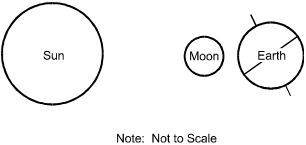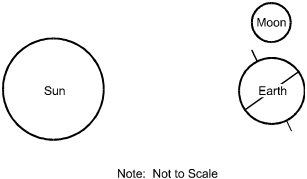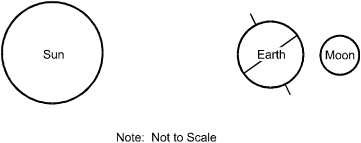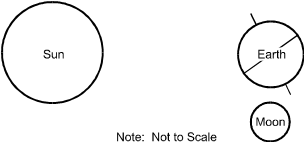Recommendation for individuals using a screenreader: please set your punctuation settings to "most."
Descriptive Statements:
- Apply knowledge of the characteristics and life processes of plants, animals, and other living organisms.
- Demonstrate knowledge of the multiple ways in which organisms are ordered and classified and how species change over time.
- Recognize the life cycles and reproductive patterns of common organisms and the application of basic principles of heredity to the transmission of traits from one generation to the next.
- Analyze the interactions between organisms and their environment and the characteristics of and interactions between populations of organisms in an ecological community.
Sample Item:
The waxy layer covering the exoskeleton of an insect is an adaptation that primarily aids
in which of the following functions?
- absorbing oxygen
- avoiding detection by predators
- minimizing water loss
- blocking ultraviolet radiation
Correct Response and Explanation (Show Correct ResponseHide Correct Response)
C. This question requires the examinee to apply knowledge of the
characteristics of living organisms. In terrestrial insects, the waxy layer of the
exoskeleton acts as a waterproof barrier that keeps water in and prevents insects from
becoming dehydrated.
Descriptive Statements:
- Demonstrate knowledge of the composition, structure, and properties of matter and the difference between physical and chemical changes in matter.
- Recognize the effects of various types of forces on objects in given situations and the properties and uses of simple machines and tools.
- Apply knowledge of the properties of light, sound, electricity, and magnetism.
- Recognize forms of energy, energy sources, and processes of energy transfer and transformations.
- Recognize types and characteristics of objects in the solar system and universe and the effects of the relative positions and motions of the sun, Earth, and moon.
- Apply knowledge of the composition, structure, landforms, and processes of Earth's geologic system and how it interacts with other Earth systems.
- Apply knowledge of the composition, structure, and processes of Earth's hydrologic and atmospheric systems, including weather and climate, and how these systems interact with each other and with Earth's geologic system.
- Identify types and characteristics of renewable and nonrenewable natural resources, their uses, and their management.
Sample Item:
Which of the following shows the relative positions of the sun, Earth, and moon during a
solar eclipse?




Correct Response and Explanation (Show Correct ResponseHide Correct Response)
A. This question requires the examinee to recognize the effects of the
relative positions of the sun, Earth, and moon. A solar eclipse can only occur when the
moon moves directly between the sun and Earth, casting its shadow over part of Earth.
Descriptive Statements:
- Recognize the basic tenets, goals, and values of science and how scientific knowledge develops and changes over time.
- Recognize connections between and unifying themes among the life sciences, physical sciences, and Earth and space sciences, including the relationship between form and function, the nature of cycles and systems, the conservation of energy and matter, the use of models, and ways to organize and classify information.
- Apply knowledge of the scientific method, including the design of scientific investigations, systematic observation, and controlled experimentation.
- Apply knowledge of strategies for collecting, measuring, recording, summarizing, analyzing, and representing scientific data.
- Analyze the relationships between science, mathematics, technology, and society.
Sample Item:
The relationship between form and function is a common theme in science. For example, the
specific type of chemical bonding between copper atoms is what is responsible for the high
electrical conductivity and ductility of this metal. Which of the following is another
example of this relationship?
- the expression of human genes in bacterial cells
- the differences in weathering patterns caused by wind and water
- the shape of plant leaves in the understory of a tropical rain forest
- the jigsaw puzzlelike characteristics of the continents
Correct Response and Explanation (Show Correct ResponseHide Correct Response)
C. This question requires the examinee to recognize the relationship
between form and function. Plant leaves in the understory of a tropical rain forest are
usually large in order to capture as much sunlight as possible, and they often have drip
tips to help excess precipitation run off.

